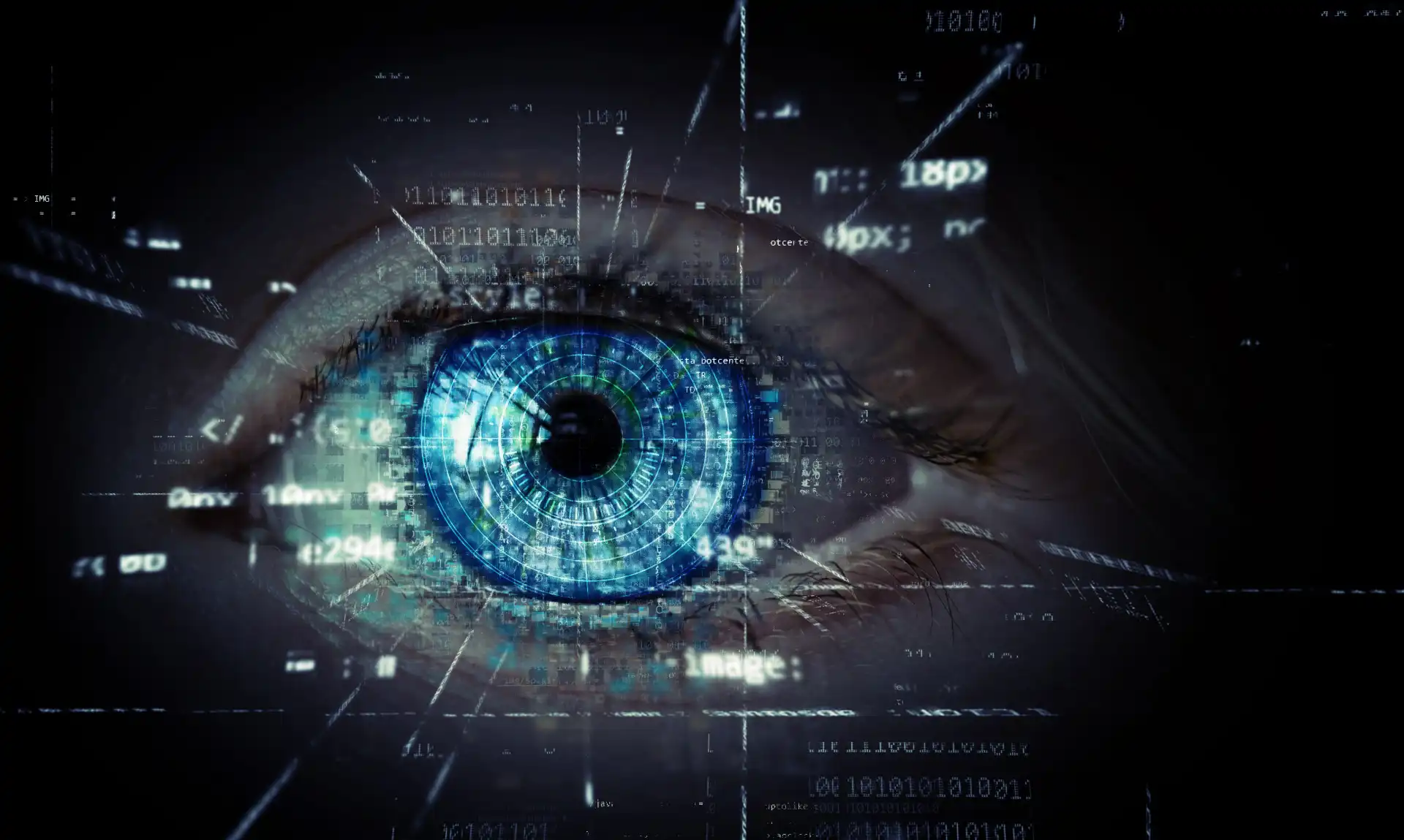Tesla Inc., led by Elon Musk, is currently under fire due to the allegations that the technology within their vehicles, specifically Autopilot, is defective. This technology has been blamed for causing crashes, which have resulted in injuries and fatalities. Based on a lawsuit brought forward by Hagens Berman, a reputable law firm, the company and its executives, including Musk, are complicit for knowingly selling vehicles with faulty technology.
The firm represents Tesla owners and aims to hold the company accountable for its alleged misconduct and purportedly deceptive business practices. Rather than providing innovative, safe technology as promised, Tesla is accused of delivering a hazardous product, with Autopilot at the center of the controversy. The lawsuit underscores the tragic implications and consequences that can result from a product that does not work as marketed.
One instance cited concerns a fatal accident in Florida in which Autopilot was engaged. This was only one among over a dozen crashes under federal investigation tied to Tesla's automated system. The accidents have escalated doubts about self-driving technology, previously considered the future of automotive transport.

Hagens Berman has previously filed successful lawsuits against major companies, indicating that Tesla may indeed have a legal battle ahead. Autopilot has been exhaustively promoted by Tesla and Musk himself, raising concerns about transparency, responsibility, and safety standards.
According to allegations, the Autopilot system not only fails to recognize and respond to static objects but also fails to function in the rain or the presence of a bright light. Critics state that the company hasn’t done a satisfactory job in addressing these issues, continuing to roll out vehicles with these known deficiencies. If these claims prove accurate, the consequences for Tesla could be remarkable.
Moreover, the lawsuit states Tesla deployed software updates asserting to fix these issues. Yet, these updates are claimed to be patches that merely address the symptoms rather than the underlying problem. This could reflect poorly on Tesla’s commitment to ensuring the safety of its customers.
In defending their Autopilot system, Tesla once stated it is intended for use with a fully attentive driver who has their hands on the wheel. However, the lawsuit retorts this notion, specifying several instances where drivers being fully attentive could not prevent Autopilot-related accidents.
Musk, Tesla's CEO, has been quite vocal in his support of Autopilot despite the ongoing criticism. His confidence in the technology has remained steadfast, even going as far as stating that Tesla cars will soon be completely autonomous in his view.
The lawsuit against Tesla has highlighted the complexity of the situation. Self-driving technology, once a dream, is becoming a reality but not without issues. Technology's progression must be accompanied by careful regulation and monitoring to ensure the safety and trust of the consumers is not compromised.
However, this lawsuit is not solely about Tesla and their vehicle safety measures. It’s also an alarm to the entire autonomous driving market: The future is here, and it requires meticulous attention to details of safety and accountability. It signals a regulatory wake-up call for authorities who are entrusted with the responsibility of public safety.
Even after the lawsuit, Tesla's response has remained largely optimistic. Denying the allegations, the company maintains that its Autopilot feature is safe when used correctly, shifting the blame to drivers misusing the product rather than any technical flaw within the system.
However, this defense has drawn criticism, indicating a substantial public relations concern. The company’s positioning appears to disregard the foundation of their legal troubles, the strong assertion that autopilot technology in its current state is defective and unsafe.
Public opinion on the saga is mixed; however, there is a general air of concern about Tesla's Autopilot. While some Tesla owners have expressed their satisfaction with the Autopilot’s performance, others demand greater transparency on the technology’s limitations to make informed safety choices.
This ongoing controversy sheds light on the importance of adequate safety checks and transparency in advertising. Consumers rely on companies to provide accurate information to make informed choices. Misrepresentation of a product, especially when it involves safety, can have dangerous repercussions.
In conclusion, the lawsuit against Tesla is of global interest. It’s not every day that a company faces a large-scale lawsuit like this as the outcome could have a ripple effect across the industry. For Tesla, the coming months could denote a turning point.